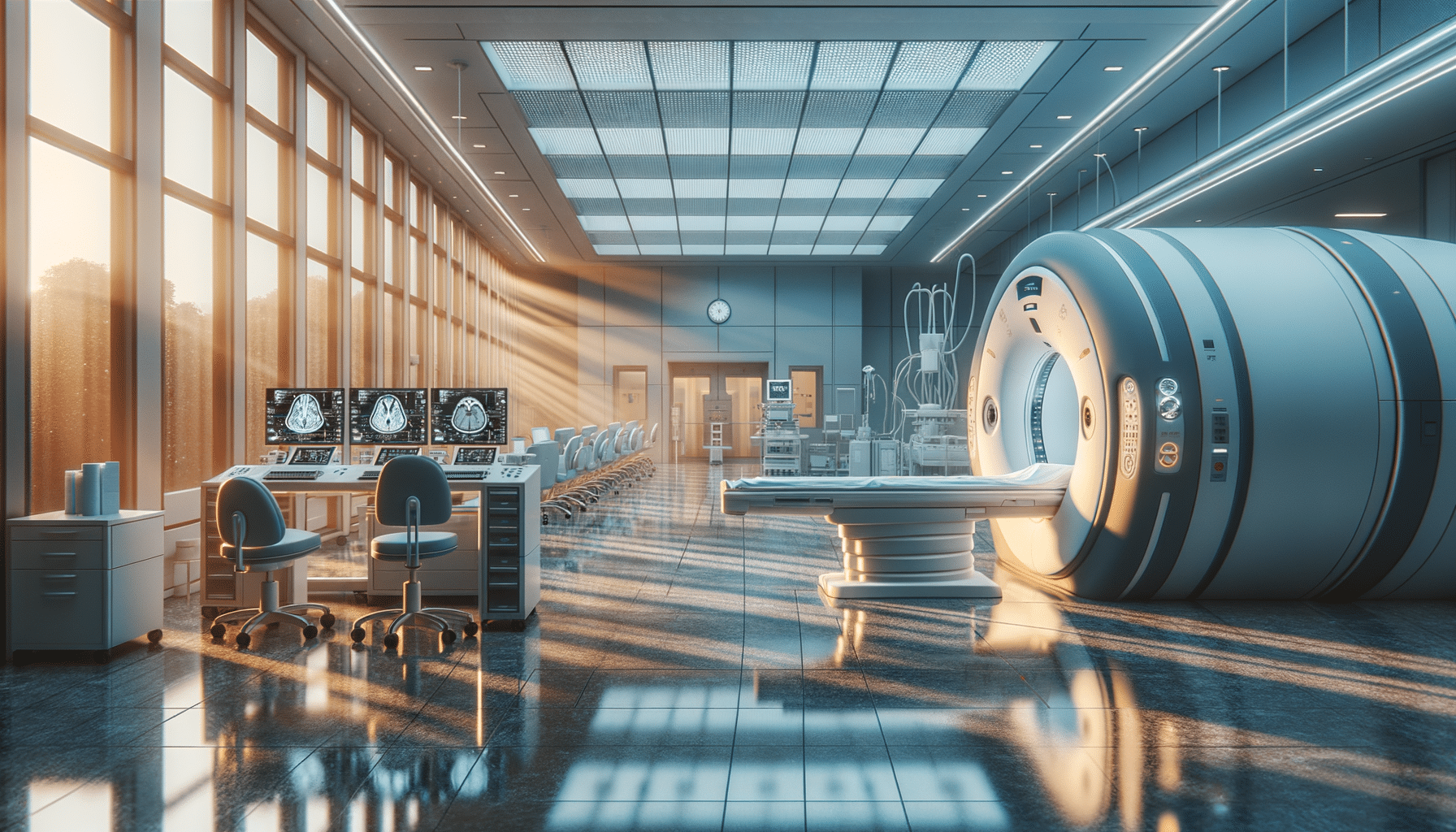
Exploring Vision Correction Options With Laser Procedures
Introduction to Laser Vision Correction
In the quest for improved vision, many individuals consider laser eye procedures as a viable option. These procedures, designed to reshape the cornea, can significantly reduce dependence on glasses or contact lenses. However, the decision to undergo such a procedure should be made after thorough research and consultation with a qualified specialist. Understanding the intricacies of laser vision correction can help in making an informed choice.
Understanding Lasik Eye Surgery
Lasik eye surgery is a popular form of laser vision correction that has gained recognition for its effectiveness in treating refractive errors. This procedure involves creating a thin flap in the cornea, which is then lifted to allow for the reshaping of the underlying corneal tissue. The goal is to correct the way light is focused on the retina, thereby improving vision clarity.
Lasik is often chosen for its relatively quick recovery time and the potential for immediate improvement in vision. Many patients report significant enhancements in their visual acuity within a day or two post-surgery. However, not everyone is a suitable candidate for Lasik. Factors such as corneal thickness, eye health, and the degree of refractive error play crucial roles in determining eligibility.
Before considering Lasik, it’s essential to undergo a comprehensive eye examination. This assessment helps in identifying any underlying conditions that might affect the surgery’s outcome. Additionally, discussing the potential risks and benefits with a specialist can provide a clearer picture of what to expect.
Benefits and Considerations of Laser Eye Procedures
Laser eye procedures offer numerous benefits, making them an attractive option for those seeking vision correction. The most notable advantage is the potential for reduced dependency on corrective eyewear. For many, this translates to a more active and unrestricted lifestyle.
Another significant benefit is the precision of modern laser technology. Advanced lasers used in these procedures can accurately reshape the cornea, resulting in improved vision clarity. Furthermore, the advancements in laser technology have led to a decrease in recovery time, allowing patients to return to their daily activities sooner.
However, there are important considerations to keep in mind. While many experience positive outcomes, some patients may encounter side effects such as dry eyes or temporary visual disturbances. It’s crucial to have realistic expectations and understand that results can vary based on individual factors.
Comparing Lasik with Other Vision Correction Options
When exploring vision correction options, it’s beneficial to compare Lasik with other available procedures. While Lasik remains a popular choice, alternatives such as PRK (Photorefractive Keratectomy) and SMILE (Small Incision Lenticule Extraction) also offer effective solutions.
PRK, for instance, is suitable for individuals with thinner corneas, as it does not involve creating a corneal flap. Instead, the outer layer of the cornea is removed to allow for reshaping. Although the recovery period is longer than Lasik, PRK can be a viable option for those who are not candidates for Lasik.
SMILE, on the other hand, is a minimally invasive procedure that involves creating a small incision in the cornea to remove a lenticule, thereby reshaping the cornea. This option is known for its quick recovery time and minimal discomfort.
Each procedure has its unique advantages and considerations. Consulting with a specialist can help determine which option aligns best with individual needs and lifestyle.
Conclusion: Making an Informed Decision
Deciding on laser eye surgery requires careful consideration of various factors, including personal vision goals, lifestyle, and medical history. While laser procedures offer promising results, they are not suitable for everyone. Engaging with a qualified eye specialist is crucial in determining the most appropriate course of action.
By understanding the different types of laser procedures and their respective benefits and limitations, individuals can make informed decisions about their vision correction journey. Ultimately, the goal is to achieve clearer vision and an enhanced quality of life through a procedure that best suits one’s unique needs.


